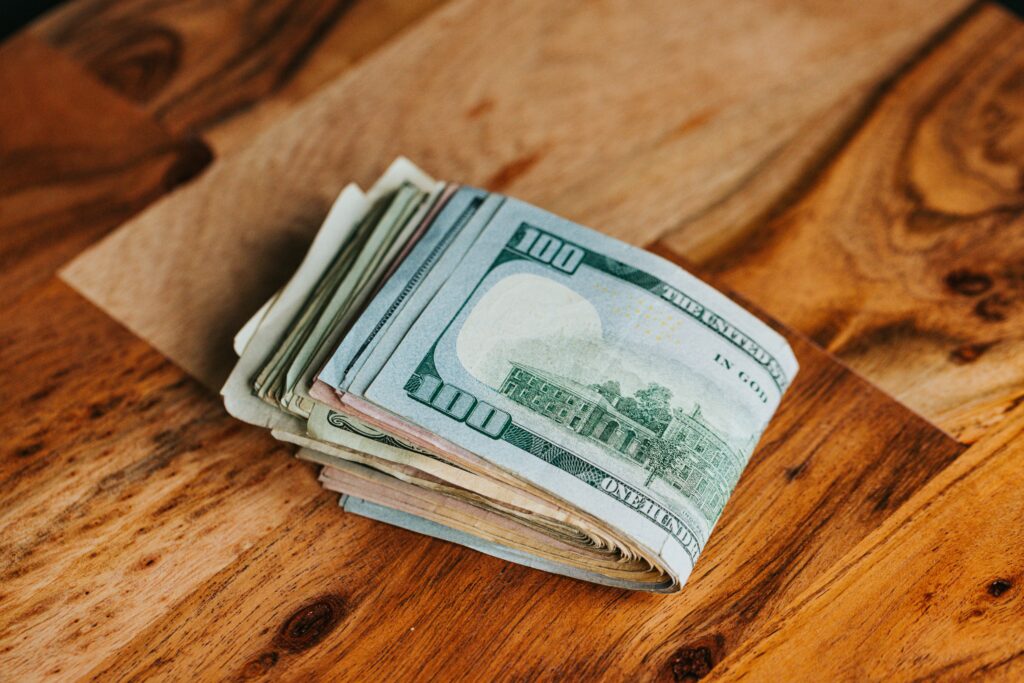The Hidden Costs of Hardwood Flooring Refinishing
Discover the hidden costs of hardwood floor refinishing. Learn what refinishing hardwood floors really costs — beyond the basic square footage estimate.

Hardwood floor refinishing sounds simple on the surface: sand it down, slap on some stain, finish it off with a protective coat, and boom — good as new, right? That’s what most people expect when they start thinking about refinishing hardwood floors. But once you dig into the actual process (and your wallet), you start realizing there’s more to it than just dust and polyurethane.
Let’s talk about the stuff nobody really mentions upfront — the sneaky little expenses and curveballs that pop up along the way. Because if you’re planning for just the obvious hardwood floor refinishing cost, you might be setting yourself up for a bit of sticker shock.
So What’s the Deal With Refinishing Hardwood Floors?
You’ve got beautiful hardwood floors. Maybe they’re scratched up, worn down, or just lost their shine over the years. Refinishing seems like the logical next step. And yeah, it’s absolutely a solid investment — it brings life back to your space, ups your resale value, and honestly, it just feels good to walk barefoot on smooth, freshly finished wood.
But let’s be real: hardwood flooring refinishing isn’t just about renting a sander and picking a stain color. There are a bunch of extra things — often overlooked — that quietly add up.
The Obvious Costs (That Still Add Up Fast)
Before we get into the hidden stuff, let’s hit the basics. The average hardwood floor refinishing cost usually runs between $3 to $8 per square foot. That range varies depending on the condition of your floor, the type of finish you want, and your location.
If you’ve got 1,000 square feet to refinish, you’re looking at anywhere from $3,000 to $8,000. Sure, you could try to DIY and cut that number in half — more on that in a bit — but you’ll still run into costs that aren’t always part of the initial plan.
The Sneaky Extras Nobody Warns You About
1. Furniture Moving Fees
Think you’ll just scoot everything into another room for the weekend? Not so fast. Many floor refinishing pros charge extra for moving furniture. And it makes sense — heavy couches, beds, pianos (yikes), and bookcases are not part of the sanding package.
Some companies charge a flat fee. Others charge per item. Either way, you’re shelling out more than you thought. Want to avoid the fee? You’ll have to do the heavy lifting yourself — and possibly rent a storage pod or a temporary mover just to get it done.
2. Floor Repairs Before You Even Start
If your hardwood has deep gouges, water stains, or cracked boards, you’re not just sanding and staining — you’re patching and replacing. And guess what? That’s a whole separate line item on the bill. Even minor repairs can run $100 to $300 per area, depending on the extent of the damage.
And don’t even get started on termite damage or hidden rot under the surface. That turns your refinishing job into a partial floor replacement project real quick.
3. Stair Refinishing Costs
People always forget about stairs. Refinishing hardwood floors on a flat surface is one thing. But once you get to the stairs, it’s a different game. Labor is more intensive, and the pricing is higher per step — sometimes $25 to $45 per stair. If you’ve got a full staircase, you’re tacking on hundreds more just for those few extra steps (literally).
4. Baseboard and Trim Work
Sanding gets messy. You might end up damaging or needing to repaint your baseboards and trim. In some cases, refinishing pros recommend removing the baseboards altogether to get a cleaner edge — which means you’ll have to reinstall and repaint them afterward.
It’s not a massive expense, but it’s one that catches people off guard. Materials, paint, and labor to re-do your trim can easily add another few hundred bucks.
5. Air Quality Equipment and Dust Containment
Most pros now use dustless sanding systems, but guess what — they’re not always included in the base quote. Some companies charge extra for using advanced containment systems that help keep dust out of your air vents, furniture, and lungs. It’s a worthwhile upgrade, but again, it’s another line on the bill.
Even if you go the DIY route, you might need to rent extra vacuums, seal off rooms with plastic sheeting, and invest in air purifiers or filters for your HVAC system. More money, more hassle.
6. Hotel or Temporary Housing
Here’s one that really bites. Depending on the size of your project and the type of finish you choose, you might not be able to live in your home for several days. Some finishes release strong fumes and need time to cure. That could mean booking a hotel, staying with family, or Airbnb-ing it for a few nights.
And let’s not forget pets. Your dog or cat can’t walk on the floor while it’s curing — and they definitely shouldn’t be breathing in those fumes either. So now you’re dealing with boarding fees or pet-sitting costs too.
7. DIY Disasters That Turn Into Extra Costs
Let’s say you decide to do it yourself to cut down on hardwood floor refinishing prices. Cool. But if you’ve never handled a drum sander before, you might end up with gouges, swirl marks, or uneven patches. Then you either have to fix it yourself (more time, more tools, more supplies) or pay a professional to come fix your mistake — which might cost more than if you’d just hired someone from the start.
And speaking of supplies — the stain, finish, sandpaper, applicators, and safety gear? Those alone can cost a few hundred bucks before you’ve even made a dent in the floor.
So, What’s the Real Cost?
When people ask about the true hardwood floor refinishing cost, the answer’s not just dollars per square foot. It’s about the ripple effect — all the little things that quietly pile on.
If you’re planning a project, it’s safer to build in a 20–30% buffer on top of your initial estimate. Seriously. That extra margin helps cover the stuff you didn’t think of — and gives you some breathing room if things go sideways.
Final Thoughts — Is It Still Worth It?
Absolutely. Refinishing hardwood floors is still one of the best ways to bring character and value back to a home. The wood under your feet tells a story, and restoring it can make your entire space feel brand new.
But don’t let the pretty before-and-after photos fool you. There’s more to it than just sanding and sealing. Understanding the hidden costs of hardwood flooring refinishing helps you make smarter choices — and keeps your budget from spiraling out of control halfway through the job.
Plan well, ask the right questions, and don’t cheap out on the things that matter. Your future self (and your floors) will thank you.
To get further details, go to Matte, Satin, or Gloss? Choosing the Right Finish for Hardwood Floor Refinishing | Robar Flooring
